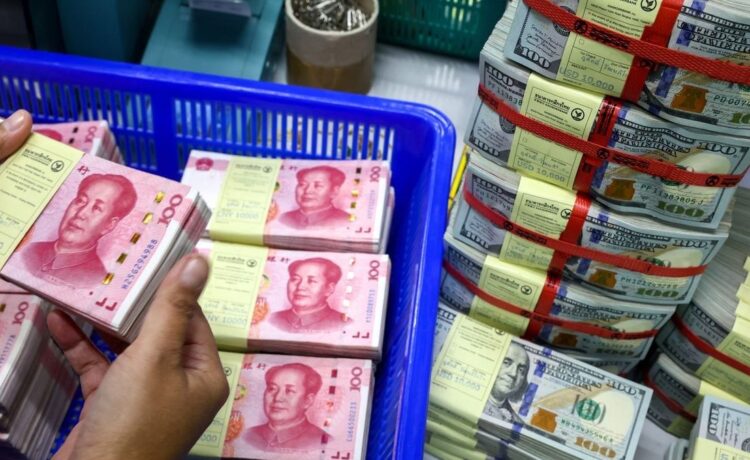As the U.S Federal Reserve gears up to slice interest rates later this year, a ripple effect is set to sweep across the financial landscape of Asia, favouring currencies such as the Chinese yuan, Korean won, and Indian rupee. A detailed table of the rates for various Asian currencies against the US dollar, along with their percentage changes, offers a deep dive into the current state and future trajectory of these currencies.
Chinese Yuan: Awaiting a Recovery
Despite weakening due to speculation of a rate cut by the People’s Bank of China (PBoC) that ultimately did not transpire, the Chinese yuan is poised to stabilize against the dollar. The PBoC did deliver a 50bp RRR cut and further monetary easing is expected in the coming months, indicating a short-term depreciation bias. However, a recovery of sentiment and global rate cuts could lead to a Chinese yuan appreciation.
Korean Won and Indian Rupee: Steady Ascent
The Korean won, likely to remain within the 1,300 – 1,325 range, may appreciate if there is a clear signal of US monetary easing. The Indian rupee, on the other hand, has slightly gained due to capital inflows ahead of the inclusion of Indian government bonds into the JPM global bond index. Notably, the Reserve Bank of India (RBI) is not sterilizing these inflows, further bolstering the Indian rupee.
Other Asian Currencies: A Mixed Bag
The Indonesian rupiah felt the pressure due to pre-election jitters and concerns over fiscal health. Likewise, the Philippine peso remained under pressure owing to a widening trade deficit and softening inflation. The Singapore dollar moved sideways in January but slipped in early February due to disappointing data on industrial production and non-oil domestic exports. The Taiwan dollar weakened somewhat due to the Democratic Progressive Party (DPP) victory in the elections, but is expected to keep monetary policy steady. Geopolitical factors could influence the TWD trajectory.
In conclusion, as the US Federal Reserve prepares to cut interest rates, the impact is set to be felt across Asian currencies. While some like the Chinese yuan and Indian rupee appear poised to benefit, others like the Indonesian rupiah and Philippine peso face challenges. These developments offer a fascinating insight into the complex interplay of global and domestic factors shaping the future of Asian currencies.














